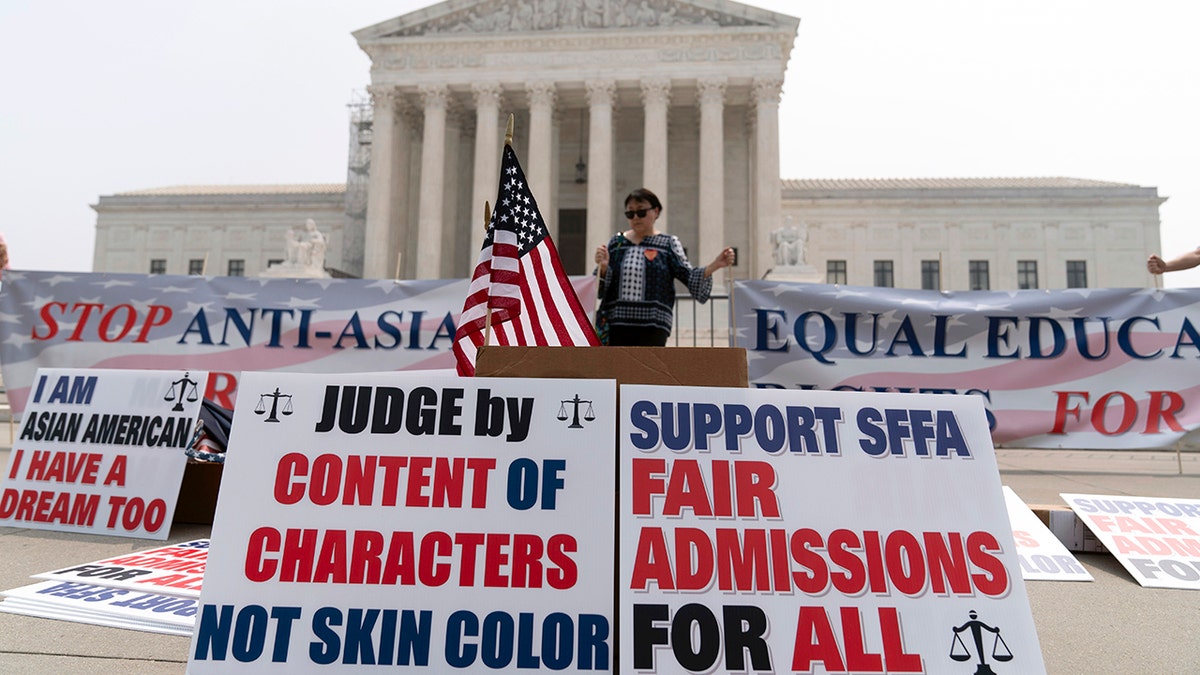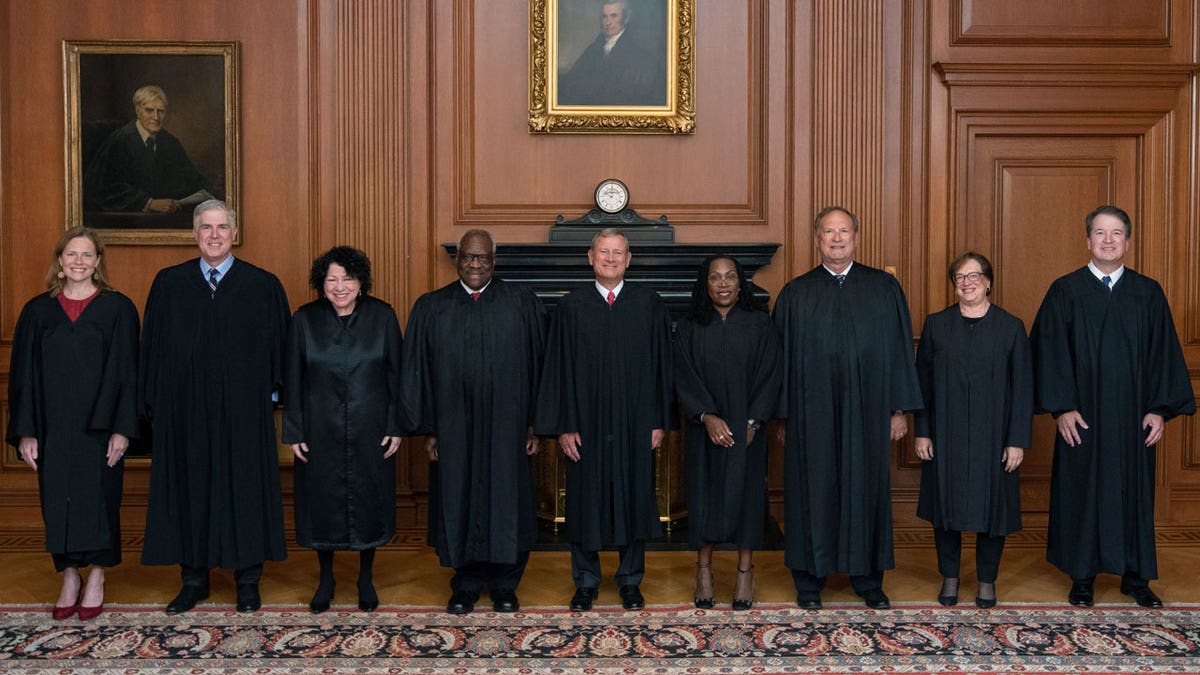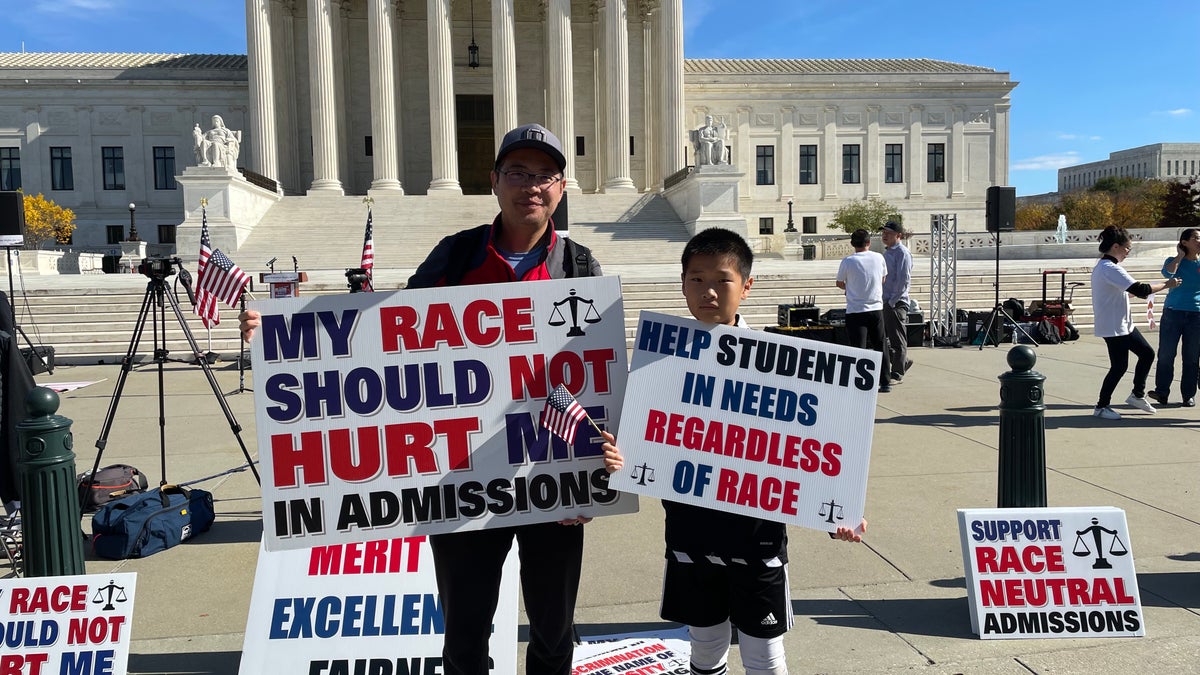Following the Supreme Court's overruling of affirmative action in college admissions, Florida's long-standing ban on race-based admissions offers a potential preview of the national landscape. In 1999, Florida implemented the "One Florida" initiative, prohibiting racial preferences in state hiring, contracting, and university admissions. This initiative guaranteed public university admission to students graduating in the top 20% of their high school class, regardless of race.

The Supreme Court's recent decision aligns with Florida's approach, emphasizing individual merit over race. Chief Justice John Roberts' opinion stressed evaluating students based on their unique experiences and abilities, not skin color.
Florida's experience since 1999 reveals mixed results. While some universities, like the University of Florida, initially saw increased Black and Hispanic representation, more recent data indicates a widening gap between these groups and their White peers. Critics argue that this demonstrates the need for race-conscious admissions, while supporters of the ban contend that true equality necessitates a color-blind system, and fluctuations are inevitable.

The Florida Board of Governors, which oversees the state's public universities, has lauded the Supreme Court's ruling, highlighting Florida's success in achieving diversity without affirmative action. They point to Florida's consistent top ranking by U.S. News & World Report for higher education since 2017 as evidence of their system's effectiveness, though critics question the ranking's methodology.

Florida's commitment to color-blind admissions extends beyond affirmative action. A new law prohibits funding for Diversity, Equity, and Inclusion (DEI) programs deemed to promote political or social activism. Governor Ron DeSantis argues that such programs impose ideology on institutions.

Other states like Texas, Michigan, Washington, and California have also banned race-based admissions, with varying outcomes. California has seen a widening gap in Black student representation, while Texas experienced an initial drop in Black enrollment followed by a recovery after implementing a top 10% admissions guarantee, similar to Florida's.


As the nation navigates a post-affirmative action era, Florida's experience provides a valuable case study, sparking debate about the optimal path towards equitable higher education.
Comments(0)
Top Comments